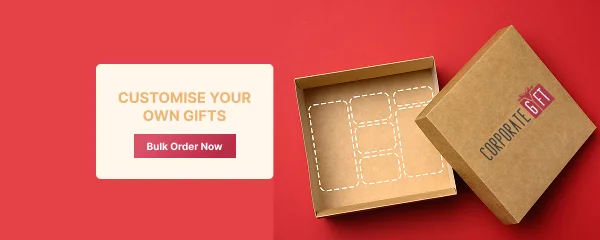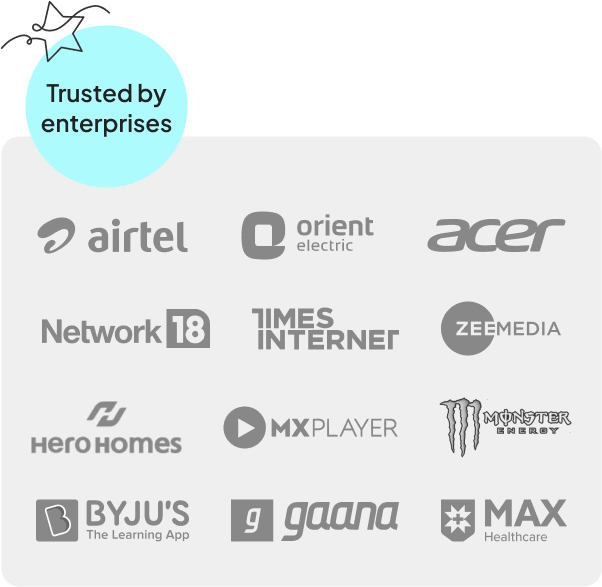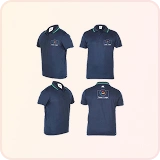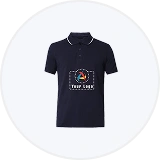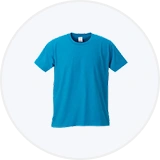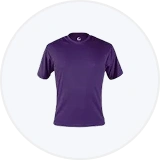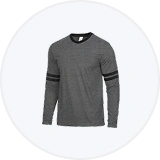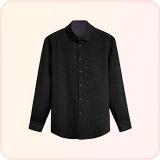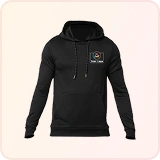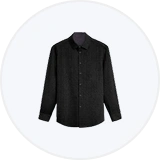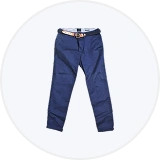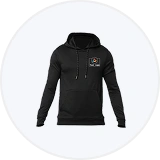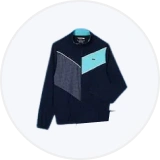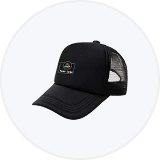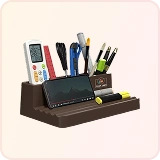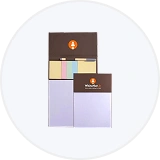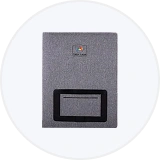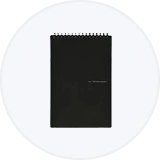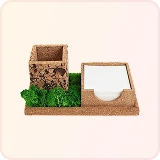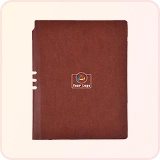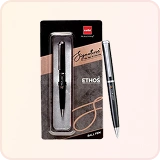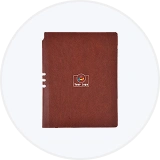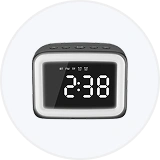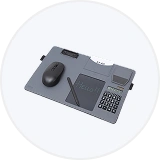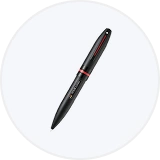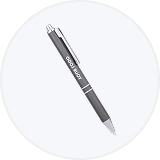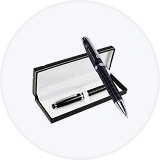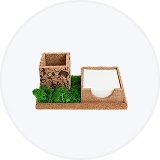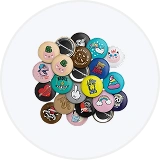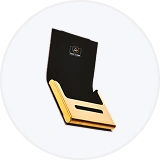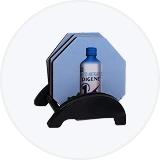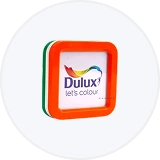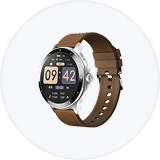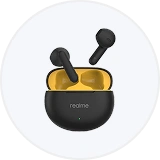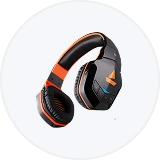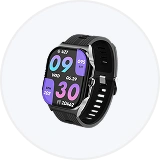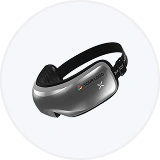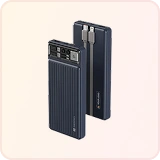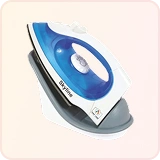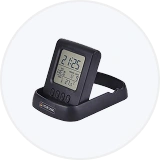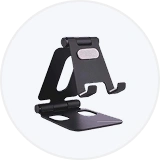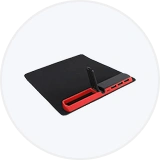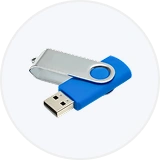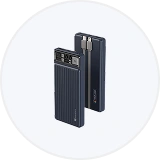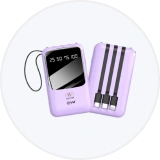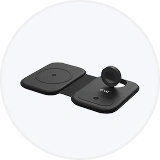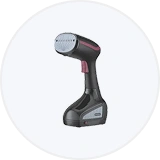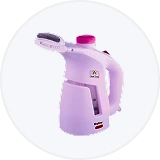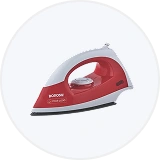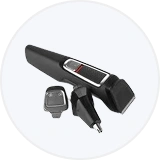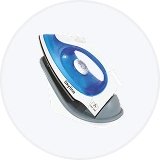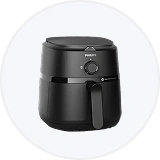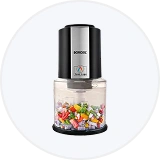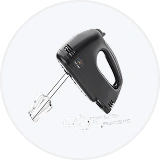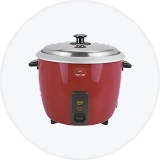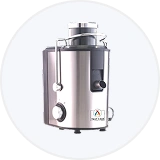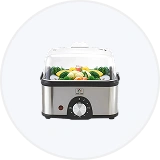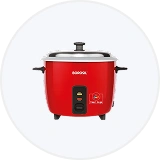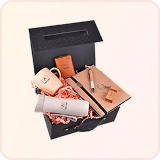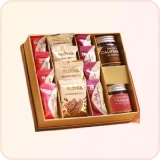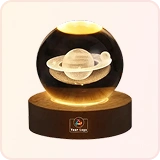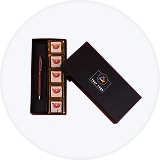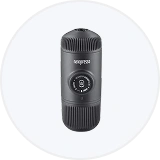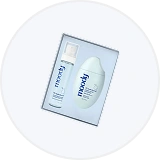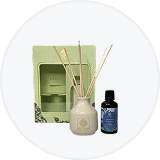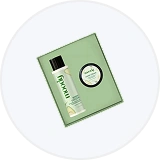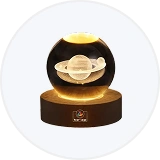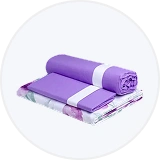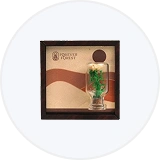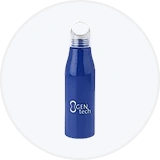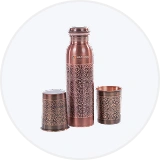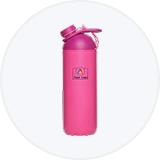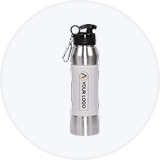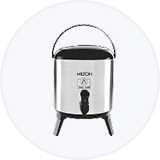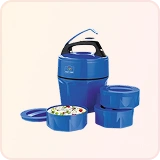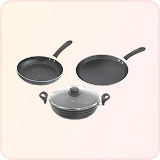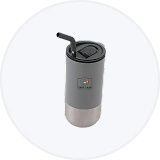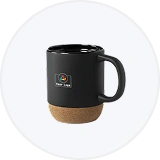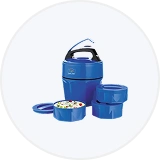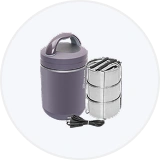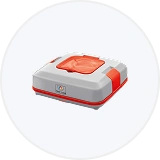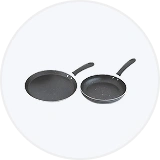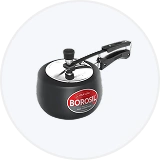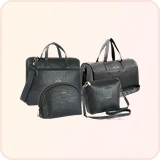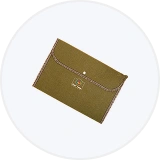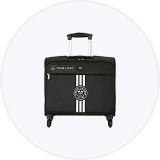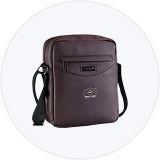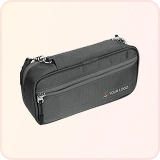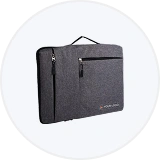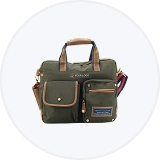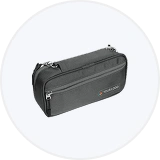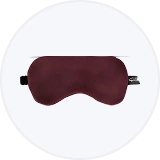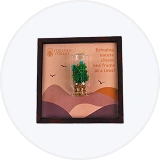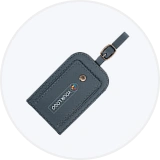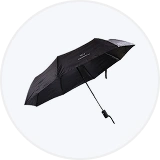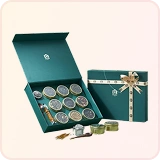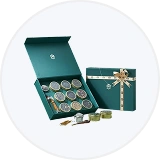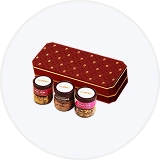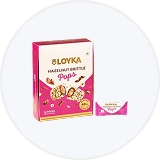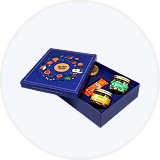The printing industry is vast and has a fascinating history that stretches back many years. It plays a crucial role in many fields, such as publishing, packaging, advertising, and more. Choosing the right printing method for your project is essential to ensure you get the best possible results. With so many different printing techniques available, it can be challenging to decide which one is the best fit for your needs.
In this guide, we will explore some of the most popular and widely used printing methods in simple terms. We’ll cover their unique features, advantages, and typical applications, helping you understand when and why to use each method. Whether you need high-quality images, cost-effective bulk printing, or specialized finishes, there’s a printing technique that fits the bill.
By the end of this guide, you’ll have a better understanding of which printing method will work best for your project, making the decision process easier and more informed.
Understand Different Types of Printing Methods
1. Digital Printing
Digital printing is a modern printing method that uses digital files, such as PDFs or graphics, directly from a computer to print. Unlike traditional printing methods, there is no need for printing plates. This means that each print can be different from the next, allowing for quick changes and adjustments.
Use digital printing when you need a fast turnaround, high-quality prints, and the ability to customize each piece. It’s the best choice for small to medium print runs and projects that require frequent updates or personalization. Whether you’re printing marketing materials, business cards, or custom packaging, digital printing offers flexibility, efficiency, and cost savings.
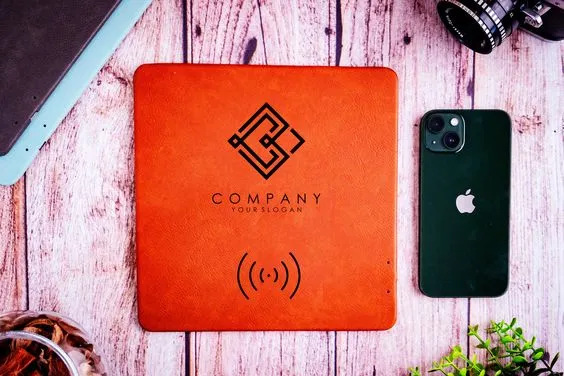

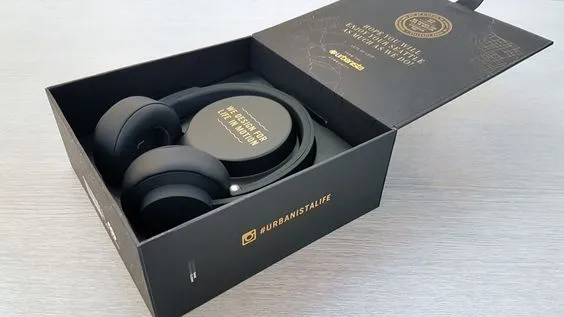
Advantages of Digital Printing
- Quick Turnaround: Businesses can print on demand, reducing the need for large inventories.
- Durability: Digital printing ensures vibrant, multi-colored designs that are long-lasting.
- Cost-Effective: Minimal use of equipment and materials makes it one of the most economical printing methods.
- Versatility: Ideal for printing on various materials including paper, fabric, and ceramics.
2. Screen Printing
Screen printing is a traditional printing method where ink is pushed through a stencil (screen) onto the material. This method is known for its ability to print vibrant colors on a variety of surfaces, including fabric, paper, and plastic. It’s best for high-volume orders where cost per unit decreases with larger quantities. Ideal for custom apparel, posters, promotional items, and textiles, screen printing offers longevity and versatility.
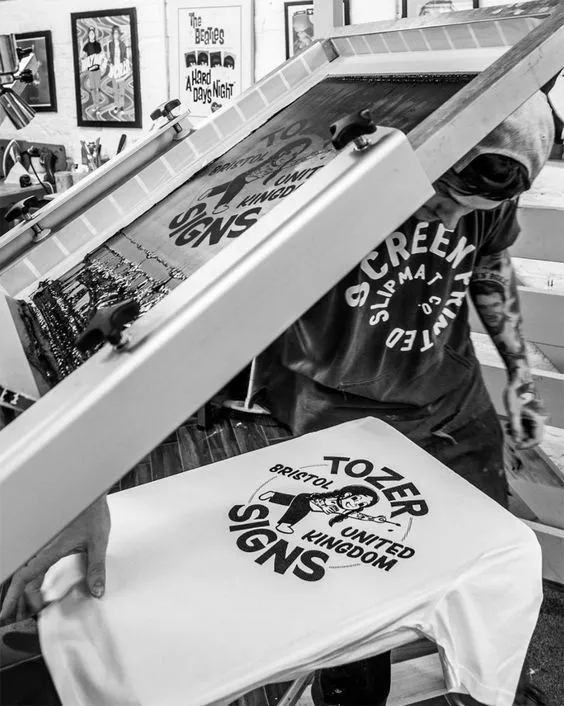
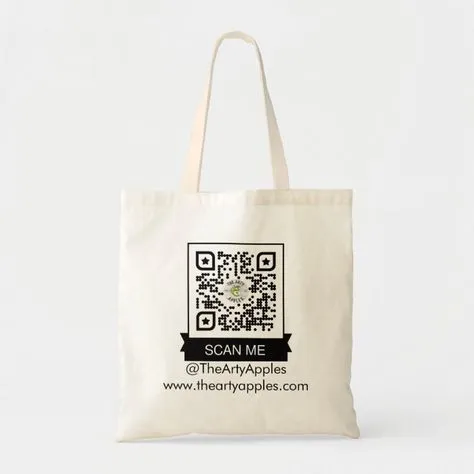
Advantages of Screen Printing
- Versatile: Can be used on a wide range of materials including wood, acrylic, and fabric.
- Durable Prints: The ink used in screen printing is thick, ensuring long-lasting designs.
- Cost-Effective for Large Batches: Ideal for bulk orders due to the low cost per unit.
- Vivid Colors: Produces vibrant and opaque colors, making it perfect for bold designs.
3. Laser Engraving
Laser engraving is a process that uses a laser to carve or etch designs, text, or images onto a surface. The laser beam removes a thin layer of the material to create the desired pattern, resulting in precise and permanent markings. This printing method is highly accurate and can be used on various materials, including wood, metal, glass, plastic, and leather.

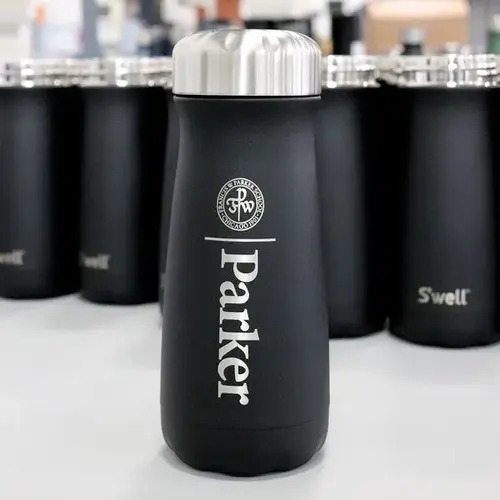

Advantages of Laser Engraving
- High Detail: Produces sharp and clear engravings, perfect for fine details.
- Durability: Engravings do not fade or wear off over time.
- Clean Process: Minimal contact with the material, reducing the risk of damage.
- Customization: Easy to personalize items with unique designs or text.
4. 3D Crystal Engraving
3D crystal engraving is a technique that uses lasers to create three-dimensional images inside a crystal. The laser focuses on specific points within the crystal to make tiny bubbles or dots. When many of these dots are placed together, they form a 3D image inside the crystal without damaging the surface.
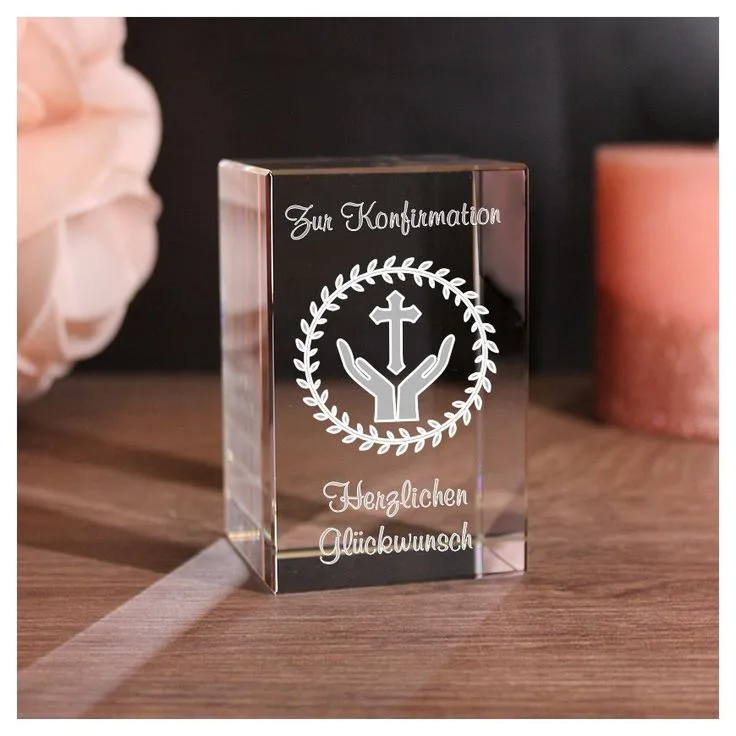
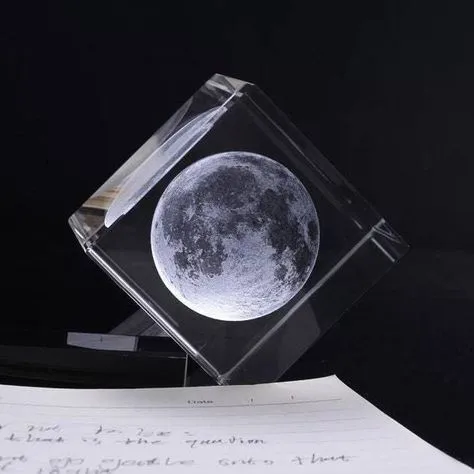
Advantages of 3D Crystal Engraving
- Visually Striking: Creates stunning effects inside the crystal.
- Precision: Can produce highly detailed 3D images.
- Unique Gifts: Perfect for awards and keepsakes.
5. Embroidery
Embroidery is the art of decorating fabric using needle and thread. It involves stitching patterns, designs, or text onto clothing, textiles, or other materials to create decorative and often intricate decorations. Embroidery can be done by hand or using embroidery machines, and it’s used for personalizing garments, creating patches, and adding artistic details to fabric items.
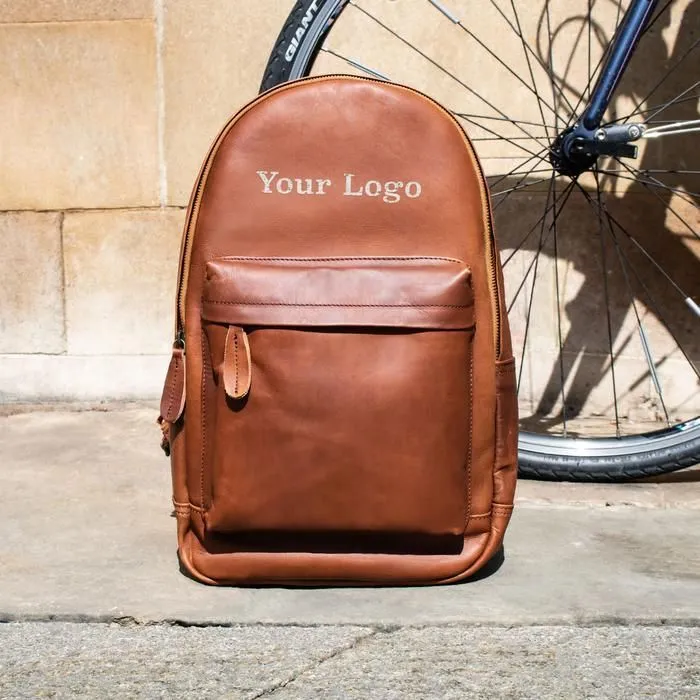

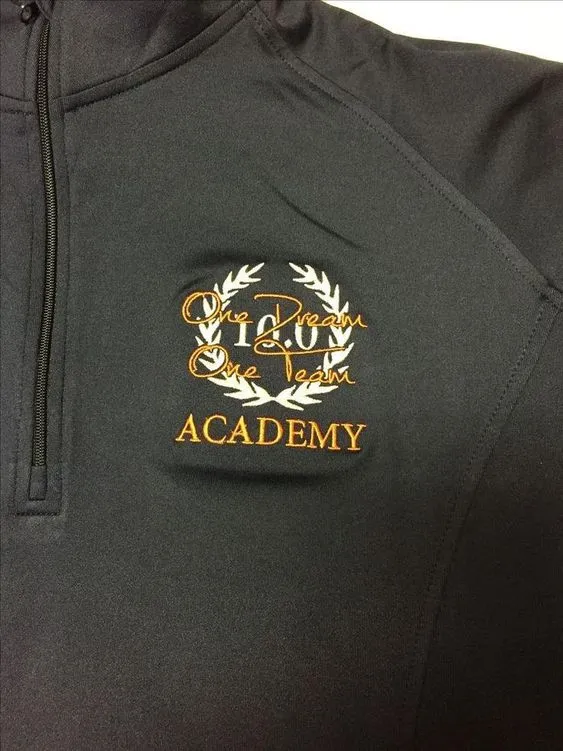
Advantages of Embroidery
- Durability: Embroidered designs are long-lasting and resistant to washing.
- Premium Look: Adds a high-quality, professional look to items like t-shirts, bags, and caps.
- Variety of Colors: Can use multiple colors, although gradients are not possible.
- Textured Designs: Provides a tactile and dimensional aspect to designs.
6. Etching
Etching is a process used to create designs or patterns on a surface, typically metal, glass, or stone. It involves using chemicals, lasers, or other tools to cut into the material, creating indentations or engravings. Etching is commonly used in artistic and industrial applications to produce intricate designs, decorative patterns, or text that can be permanent and detailed. This printing method allows for precise customization and is often used for creating personalized items, artwork, and industrial components with fine details.

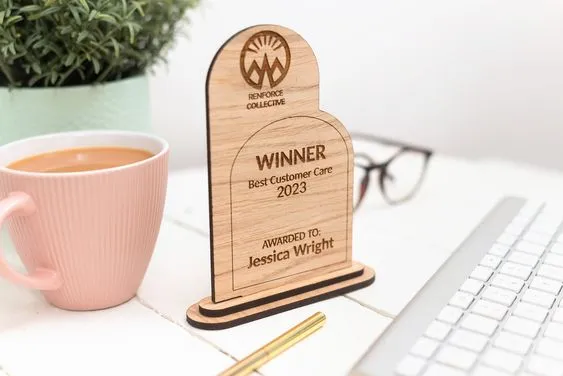
Advantages of Etching
- Detailed Designs: Capable of creating intricate and detailed patterns.
- Durable: The etched designs are long-lasting.
- Multi-Color Options: Can be combined with other methods to add color.
- Customizable: Ideal for creating custom medals, badges, and plaques.
7. Embossing
Embossing is a technique used to create a raised design or pattern on a surface, typically paper or leather. It involves pressing the material between two dies (metal plates with raised designs) to deform the surface and create a raised impression. Embossing adds texture and dimension to the material, making the design stand out. It’s commonly used in printing, packaging, and stationery to enhance the visual appeal of items like business cards, book covers, and invitations.
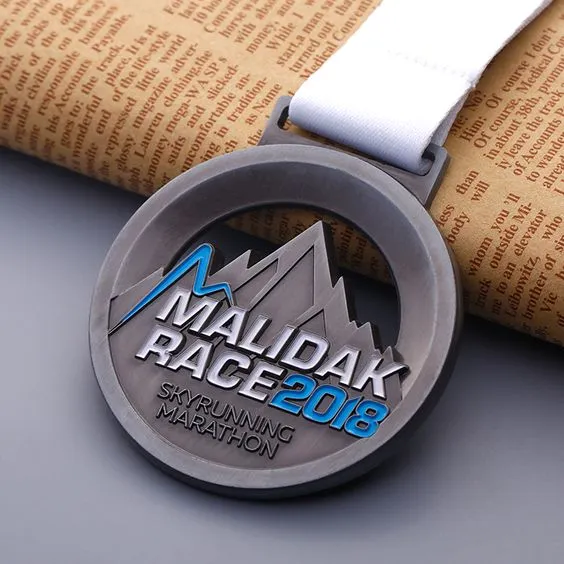

Advantages of Embossing
- Elegant Look: Adds a sophisticated touch to products.
- Variety of Finishes: Can be combined with gold, silver, or bronze plating.
- Durability: The raised designs are durable and resistant to wear.
- Professional Appearance: Perfect for enhancing the visual appeal of products.
8. UV Printing
UV printing uses ultraviolet light to dry ink instantly as it’s printed. This technology creates vibrant colors and allows printing on various surfaces like plastic, metal, and glass. It’s popular for its durability and ability to produce high-quality prints quickly, making it ideal for signage, packaging, and specialized printing needs where vibrant colors and fast drying are essential.


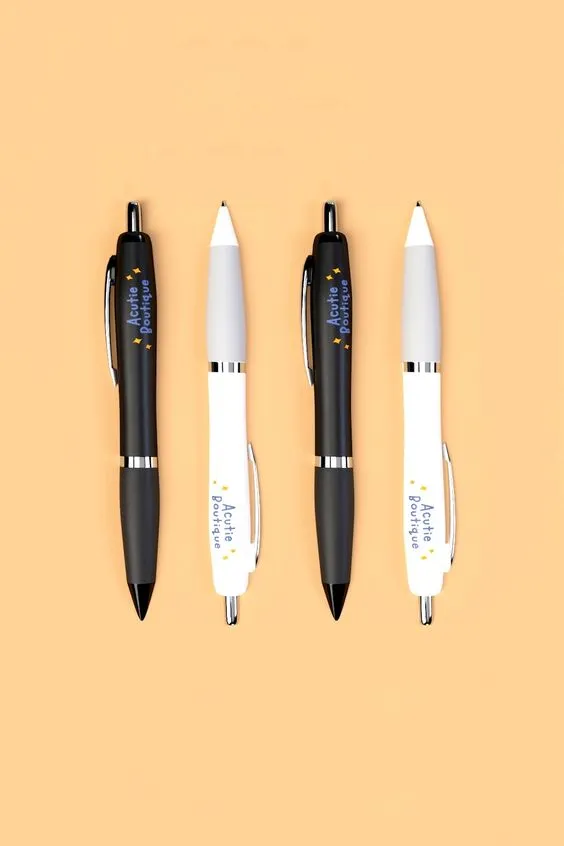
Advantages of UV Printing
- Versatile: Can print on various surfaces except fabric.
- High Quality: Produces vibrant and detailed prints.
- Fast: Quick drying time reduces production time.
- Durable Prints: The UV-cured ink is resistant to fading and wear.
9. Puff Printing
Puff printing is a distinctive printing method that adds a raised, three-dimensional texture to the fabric. This technique uses special ink that expands when heated, resulting in designs that stand out with a tactile feel. It’s popular for creating custom apparel, promotional items, and accessories where adding depth and visual impact is desired.
It not only enhances the look of logos, graphics, and text but also provides durability against washing and wear, making it a versatile choice for creating unique and long-lasting designs on various types of fabrics.
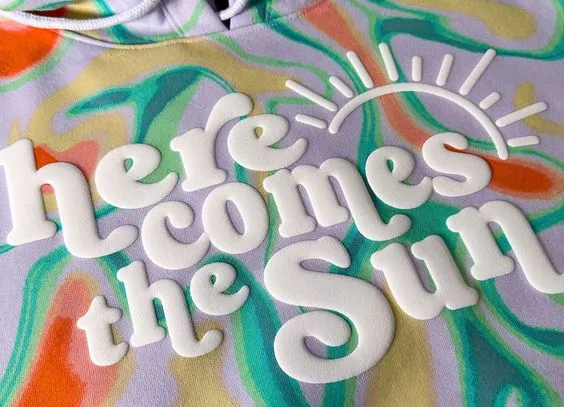
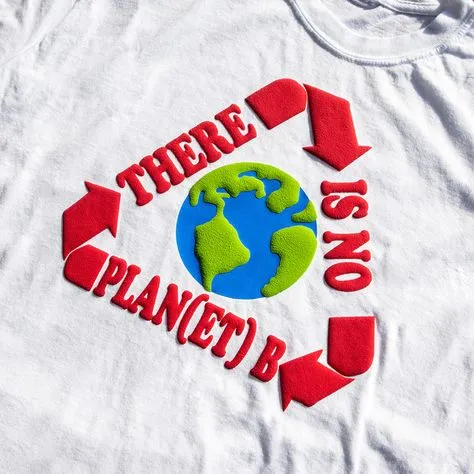
Advantages of Puff Printing
- Unique Texture: Adds depth and texture to designs.
- Soft Feel: The printed area is soft and flexible.
- Durable: The raised designs are durable and long-lasting.
- Eye-Catching Designs: Ideal for making designs stand out.
The Bottom Line
Selecting the right printing method can transform your project. Whether you value rapid turnaround, crave bespoke craftsmanship, or require detailed and resilient designs, each technique, from digital printing to laser engraving, brings distinct strengths to the table.
At Corporate Gyft, we’re committed to surpassing your expectations with superior quality and precision. Discover how our tailored printing solutions can elevate your next project. Contact us today and experience the difference with Corporate Gyft.

